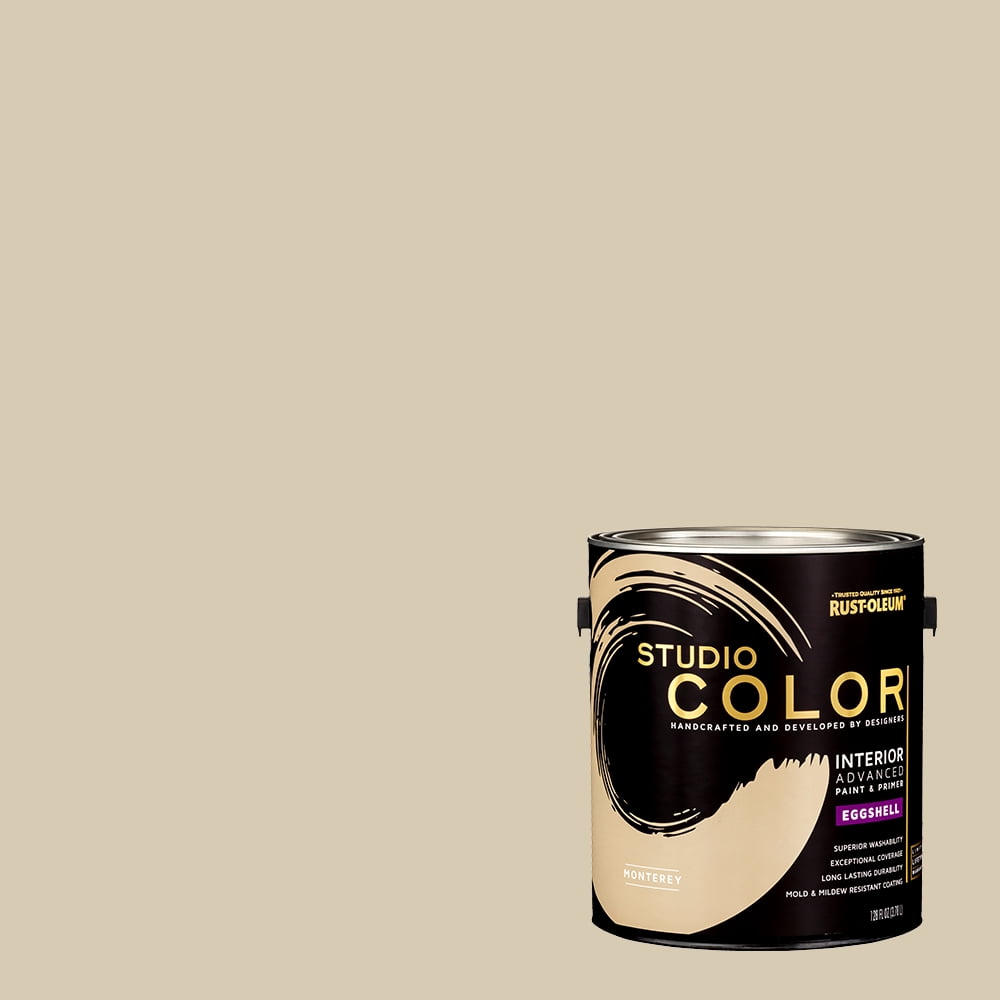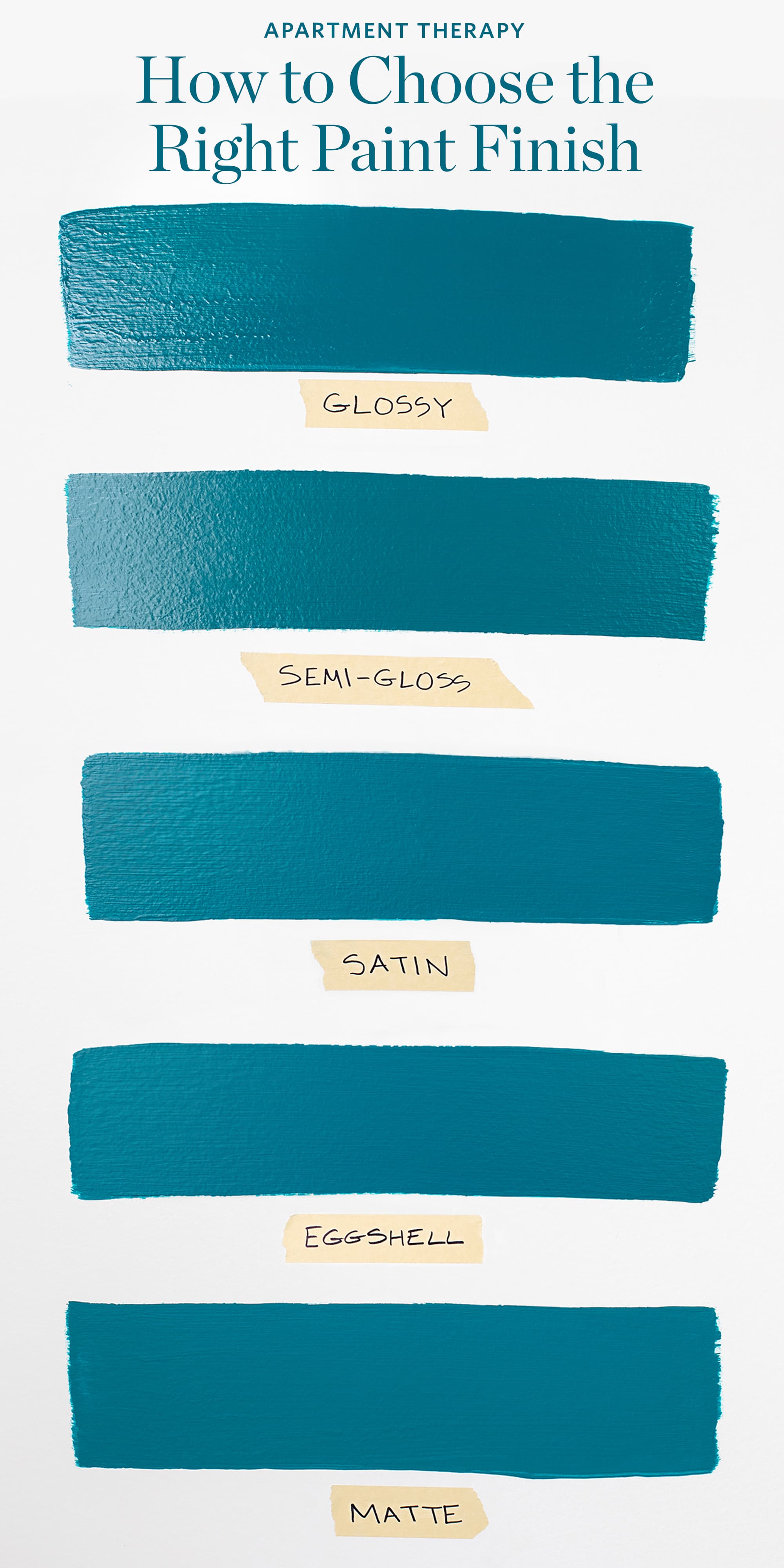The world of interior paint offers a vast array of options, each with its unique sheen and characteristics. Among the most popular choices are eggshell and satin paints, both known for their subtle elegance and versatility. However, these two finishes exhibit distinct differences that may influence your decision when selecting the ideal paint for your walls.
Eggshell Paint: A Soft and Subtle Sheen
Eggshell paint derives its name from its resemblance to the shell of an egg, boasting a low-luster, almost matte appearance. It offers a soft and subtle sheen, ideal for creating a calm and inviting atmosphere in living rooms, bedrooms, and hallways. Eggshell paint is known for its excellent hiding power, effectively concealing minor imperfections on wall surfaces.

Key Features of Eggshell Paint:
- Low-luster, almost matte sheen
- Soft and subtle appearance
- Excellent hiding power
- Durable and easy to clean
- Suitable for low-traffic areas
Satin Paint: A Silky and Elegant Finish
Satin paint exudes a silky and elegant finish, possessing a slightly higher sheen than eggshell paint. This subtle shimmer adds depth and dimension to walls, creating a more sophisticated and polished look. Satin paint is also known for its exceptional durability and resistance to scuffs and stains, making it a suitable choice for high-traffic areas like kitchens, bathrooms, and entryways.

Key Features of Satin Paint:
- Slightly higher sheen than eggshell paint
- Silky and elegant finish
- Durable and scuff-resistant
- Easy to clean and maintain
- Suitable for high-traffic areas
Eggshell vs. Satin: A Comparative Analysis
To fully grasp the differences between eggshell and satin paint, let’s delve into a comparative analysis of their key characteristics:
| Feature | Eggshell Paint | Satin Paint |
|---|---|---|
| Sheen | Low-luster, almost matte | Slightly higher sheen, silky and elegant |
| Appearance | Soft and subtle | Sophisticated and polished |
| Hiding power | Excellent | Good |
| Durability | Durable and easy to clean | Exceptionally durable and scuff-resistant |
| Suitability | Low-traffic areas like living rooms, bedrooms, and hallways | High-traffic areas like kitchens, bathrooms, and entryways |
Choosing the Right Finish: A Matter of Personal Preference and Usage
The decision between eggshell and satin paint ultimately depends on personal preferences and the intended usage of the room. For those seeking a soft and calming atmosphere with excellent hiding power, eggshell paint is an excellent choice. In areas prone to scuffs and stains, such as kitchens and bathrooms, satin paint’s durability makes it the ideal solution.
Additional Factors to Consider:
- Lighting: Eggshell paint may appear slightly more flat in darker areas, while satin paint’s sheen can be more pronounced in brightly lit spaces.
- Existing décor: Consider the overall style of your room when choosing between the subtle elegance of satin paint and the soft, understated appearance of eggshell paint.
- Maintenance: Both eggshell and satin paint are relatively easy to clean and maintain. However, satin paint’s higher sheen may make it slightly easier to wipe away smudges and marks.
Conclusion: Enhancing Your Walls with Eggshell or Satin
Eggshell and satin paint represent two popular choices for interior walls, each offering unique characteristics that cater to different preferences and usage scenarios. By understanding the distinct qualities of these two finishes, you can make an informed decision that aligns with your desired aesthetic and the specific needs of your living spaces. Whether you seek the soft tranquility of eggshell or the sophisticated elegance of satin, both options empower you to transform your walls into captivating canvases for your personal style.